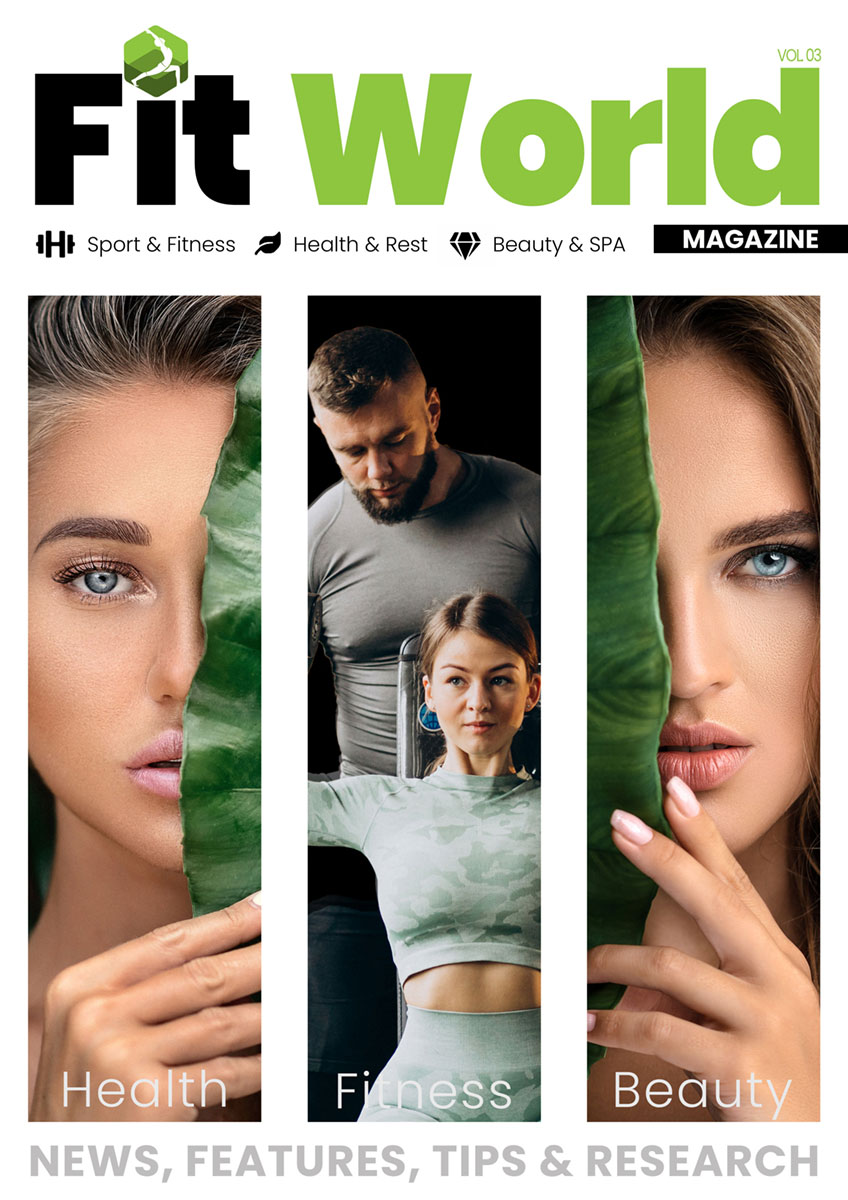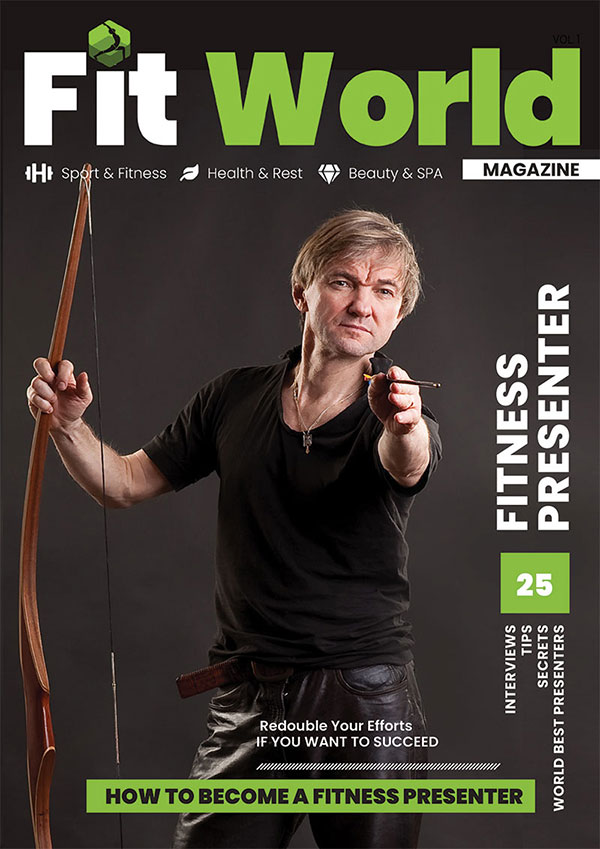Pilates and stretching are two similar forms of fitness that do not involve strength or cardio. Classes are done at a measured pace and are aimed mainly at developing flexibility in the body. Nevertheless, they are completely different exercise systems with their own characteristics. Let’s find out what is the difference between Pilates and stretching, what health benefits do the training and what direction of fitness to choose to achieve the desired goals.
The main differences between stretching and Pilates
Two modern trends in fitness – Stretching and Pilates – help to achieve a graceful and slender figure with a flexible spine and ballet muscles. But they have a different history of origin and are built on different sets of exercises and principles. To understand what the differences are between stretching and Pilates, let’s consider the features of each direction.
Features of Pilates
Pilates is a health-improving exercise system developed in the 1920s by the German trainer Joseph Pilates for the rehabilitation of wounded soldiers and prisoners of camps. It is aimed at improving the condition of the spine and joints.
The focus is on developing the cortex and abdominal muscles (called “center muscles” in Pilates), as well as stretching the spine.
Regular exercise can improve posture, coordination of movements, return the spine to a physiologically correct curvature and eliminate muscle clamps.
Basic principles:
– All exercises of the complex are linked in a chain and performed in a certain sequence;
– the movements are smooth, without jerks;
– The attention is concentrated on the correct breathing and body position;
– Constant tension of the muscles of the center – the abdominal muscles, pelvic floor and back.
Pilates is a dynamic type of physical activity, but the goal is not to perform as many repetitions as possible in a certain time – it is more important to do the exercises correctly, to feel the maximum tension and work of the muscles.
Features of Stretching
The word stretching comes from the English word stretching. It is a set of exercises that develop flexibility of the body, mobility of joints and ligaments. In this direction of fitness has no creator and the exact date of its birth. The benefits of stretching for health for the first time spoke of the Swedish scientists in the 50s of XX century, but it was known even in the days of the Roman gladiators and ancient Greek Olympic athletes.
Stretching is based on alternating muscle tension and relaxation. Stretching exercises allow you to develop flexibility of absolutely all muscles of the body and achieve mobility of all joints.
Basic principles:
– hold the muscle in a stretched position for 15-30 seconds, gradually increasing the time to one minute;
– perform all movements smoothly, during the training there should not be any painful sensations;
– Increase the load gradually – the frequency, amplitude and intensity of the movement increases from class to class;
– Perform stretching exercises after the mandatory warm-up, which will increase the temperature of muscle tissues and prevent injuries;
– Training must be regular and systematic (at least 4-5 times a week).
Stretching is mostly a static type of exercise (the exception is dynamic stretching, when springy movements are performed with full amplitude). At each session, you should strive for progress – to stretch a little harder than the last time.
Differences
Thus, between the two types of fitness you can distinguish a number of fundamental differences:
– Most of the exercises in Pilates are dynamic, in stretching – static;
– The main goal of pilates – to correct spinal disorders, stretching – to increase flexibility and mobility of the joints;
– Stretching does not need to focus on the “muscles of the center” as in Pilates, and to control breathing – the main thing is not to hold it during the stretching of the muscle;
– Joseph Pilates system is based on a precise sequence of exercises, while Stretching allows more freedom of movement;
– the emphasis in Pilates is on working the cortex, abdominals and back, stretching involves all the muscles of the body;
– Stretching can be done after cardio or strength work, and stretching can be used as a warm up, while Pilates is a full 40-60 minute workout (although individual exercises can be used with other forms of fitness, such as plank);
– To progress and achieve your goals, you must stretch your muscles daily or 4-5 times a week, while Pilates is enough to be done every other day.
Stretching, unlike Pilates, often uses a partner to help stretch tight muscles that are difficult to stretch on their own. In addition, there are several types of stretching that are based on different methods of muscle tension and relaxation.
Similarities between Stretching and Pilates
Despite the differences in principles, Pilates and stretching have much in common:
– The goal of the classes is not to lose weight or build muscle mass, but to increase the flexibility of the body, improve the musculoskeletal system, and promote health;
– training is held under calm music, all exercises are performed smoothly, without sudden movements;
– you can do in the gym with an instructor or at home – both complexes are easy to learn on their own, using video lessons or books;
– Ideal for people with poor health or a low level of fitness, for those recovering from injury or just entering the world of fitness;
– various exercises from both Pilates and stretching are included in the mandatory training program for professional athletes;
– no additional equipment is required for training – only a mat and 4 square meters of free space;
– clothing should be comfortable, shoes are not needed at all – it is recommended to practice barefoot;
– after class there is no feeling of fatigue, only a pleasant relaxation;
– If you do all the exercises correctly and carefully listen to your feelings, exercise does not lead to injuries;
– Ideal for evening workouts.
Engaged in Pilates, as well as stretching, can be at any age, exercises of both complexes are suitable for adults and children, men and women.
The benefits of these types of fitness
Regular exercise stretching, as well as Pilates, has a general healing effect on the body, which is manifested in the coming weeks. It becomes easier to perform everyday movements because muscles of the whole body, spine and ligaments become more flexible and elastic, coordination improves.
Both types of fitness have a rejuvenating effect on the body – the spine becomes more flexible and gradually returns to a physiologically correct position. Day by day pain in the joints and back decreases, normalizes the work of internal organs.
Despite the fact that the exercises and principles of Pilates and stretching are different, both types of fitness contribute to the harmonious development and strengthening of all systems and body functions:
– improve the condition of the spine;
– increase body flexibility, joint mobility;
– increase blood circulation;
– get rid of insomnia and depression;
– increase immunity;
– normalize digestive functions;
– increase efficiency;
– balance the hormonal system;
– Help to get rid of sexual problems;
– Help to make the figure slimmer and more graceful.
These health benefits are guaranteed when you regularly and correctly perform Pilates or stretching exercises.
Both types of fitness have a similar effect on the body, the only difference is that in Joseph Pilates system the main emphasis is on improving the spine, but in addition to a healthy body exercises from the complex allow you to believe in yourself, to find harmony with yourself and the world around you.














